
Why do i sweat after applying sunscreen
It's a hot summer day, and you've lathered on some sunscreen to protect your skin before heading outside. But shortly after application, you notice your skin getting clammy and sweaty. What could be the possible reasons?
Excessive sweating after applying sunscreen is a common complaint. The occlusion effect of sunscreen ingredients clogging pores, unsuitable formulas for one's skin type, and simple overapplication can all cause the skin pores to overflow with sweat. This blog post offers answers to questions like ‘Why do I sweat after applying sunscreen?', ‘Why do I sweat so much after applying sunscreen?' and more. It also covers other crucial aspects related to sweating after applying sunscreens.
How sunscreens create a barrier on your skin
Sunscreens protect the skin by forming a protective barrier that reflects or absorbs UV rays before they can damage the skin cells. However, these barriers can also block skin pores temporarily and disrupt the skin's temperature regulation system.
Most sunscreen formulas contain oils and occlusive ingredients like dimethicone, zinc oxide, and titanium dioxide, which sit on top of the skin. These thick and waxy ingredients clog pores and prevent sweat and oils from escaping.
With nowhere to go, sweat accumulates under the surface and may rapidly bead up and run off the skin once it finally pushes through the sunscreen barrier. This can cause a sudden damp flush even when standing in the shade.
Ingredients that trigger sweating after application
Ever wondered why we sweat after applying sunscreen? The answer lies in the ingredients. One should consider looking for keywords like “occlusive,” “hydrating,” or “moisturising” on sunscreen labels. These ingredients purposely seal water into the skin for a softened, smoothed appearance. In general, skincare products containing occlusive ingredients can trap sweat, just like why you sweat after applying moisturiser.
After applying sunscreen, silicones like dimethicone and heavy oils like coconut oil are common culprits for sweating and clogged pores. Their thick textures cling to pore openings and temporarily disable the skin's temperature regulation system. This could contribute to the reason why sweat causes pimples.
Active ingredients in sunscreens, like zinc oxide and titanium dioxide, also have an occlusive effect, especially when used in high concentrations. Their visible white casts come from thick formulas that sit visibly on the skin instead of absorbing.
Why does my face sweat after sunscreen specifically?
Most people using sunscreens ask questions like, ‘Why do I sweat a lot after applying sunscreen?' and ‘Why does my face sweat after applying sunscreen?' Experts suggest facial skin contains more oil glands and sweat glands per unit area than any other surface.
That means our faces always work overtime to regulate oil and moisture levels. When sunscreen ingredients like occlusive silicones, oils, and zinc or titanium dioxide accumulate on, and inside the facial pores, the facial sweat has nowhere to evaporate. It oozes out through the sunscreen barrier, causing a flush of clammy dampness.
The occlusion effect is especially noticeable in people with oily and acne-prone skin types. Excessive facial sweating after applying sunscreen could indicate that one needs a lighter, less pore-clogging formula.
Tips to minimise sweating after sunscreen application
What can a person do with so many factors contributing to sweaty skin after applying sunscreen? This section covers the tips to reduce uncomfortable post-sunscreen perspiration:
1. Choose gel, lotion, or mattifying sunscreen formulas
Sunscreens with gel and lotion textures contain high water content. This makes them less occlusive and lighter on the skin than their thicker counterparts. One can consider prioritising gel or lotion sunscreens with “dry touch” claims on their label.
These sunscreens can spread easily without leaving behind a greasy film that could trap in sweat. One can also look for sunscreens made specifically for acne-prone or oily skin. These formulas usually do not contain pore-clogging oils and sweat-absorbing powders. The Pink Foundry's Dewy Hydrating Hybrid Sunscreen SPF 50+ is a notable option. It offers protection against UVA and UVB filters with its new-gen filters.
2. Apply sunscreen thinly and evenly
It is tempting to apply sunscreen generously for maximum protection. However, overapplying sunscreen can build up an extra-thick barrier that prevents sweat from escaping.
One can consider using the 2-finger rule. According to this rule, one should apply a dime-sized dollop to each of the 2 fingers, then spread it smoothly over the skin in a downward motion. Before heading outdoors, blend the sunscreen until there is no visible white cast.
Focus on applying sunscreen to frequently exposed areas like your face, ears, neck, and chest before moving down to the arms and legs. These areas need protection but have fewer sweat glands than other skin surfaces.
3. Avoid sweat-inducing situations at first
Give your skin about 20 minutes to absorb the sunscreen before going out. This can allow the active ingredients to bind to the skin cells while the solvents evaporate. Immediately after applying the sunscreen, stay in the shade or cool indoor space.
Light activity is fine, but avoid heat triggers like direct sunlight, heavy exercise, or hot tub baths until sunscreen sets. This can help one minimise initial perspiration beneath the sunscreen layer. Just be sure to reapply every 2 hours if there are no signs of excessive sweating.
Let's recap: why you sweat after sunscreen
Most people ask, Why do I sweat after applying sunscreen? Excessive sweating and damp, clammy skin after applying sunscreen can be frustrating, but it is common. Ingredients like occlusive silicones and oils combine with clogged facial pores to trap sweat beneath sunscreen's protective barrier. Incorrect application methods can also be blamed in some cases.
One should adjust their sunscreen routine by using lighter gel formulas, applying less but more evenly, and avoiding sweat triggers immediately after sunscreen. This can help minimise flushed, sweaty sensations for better sun protection and skin comfort.
Frequently asked questions
This section covers the most frequently asked questions on avoiding sweat after applying sunscreen.
Q1: Does sweating reduce the effectiveness of sunscreen?
A1: As long as sunscreen is water-resistant, sweating should not severely impact UV protection as active ingredients continue to bind to skin cells. One should consider reapplying the sunscreen every 40-80 minutes after cleaning the face with a wipe.
Q2: Can sunscreen clog pores while sweating?
A2: Occlusive ingredients in sunscreens can combine with sweat to clog pores and cause breakouts. It can be better to choose oil-free sunscreens made specifically for acne-prone skin. It is a good habit to wash the skin after sun exposure.
Q3: What sunscreen is best for people who sweat a lot?
A3: Light, fast-absorbing gel or lotion formulas can work best for people experiencing excess sweat. To avoid pore-clogging and sweat-trapping, look for dry-touch, oil-free, or mattifying sunscreens.
Q4: How often should I reapply sunscreen if I sweat?
A4: Consider reapplying the water-resistant sunscreen every 40-80 minutes if one is sweating heavily and continuously, whether after swimming, exercising, or being heat-triggered. It is crucial to let the skin dry first before reapplication.




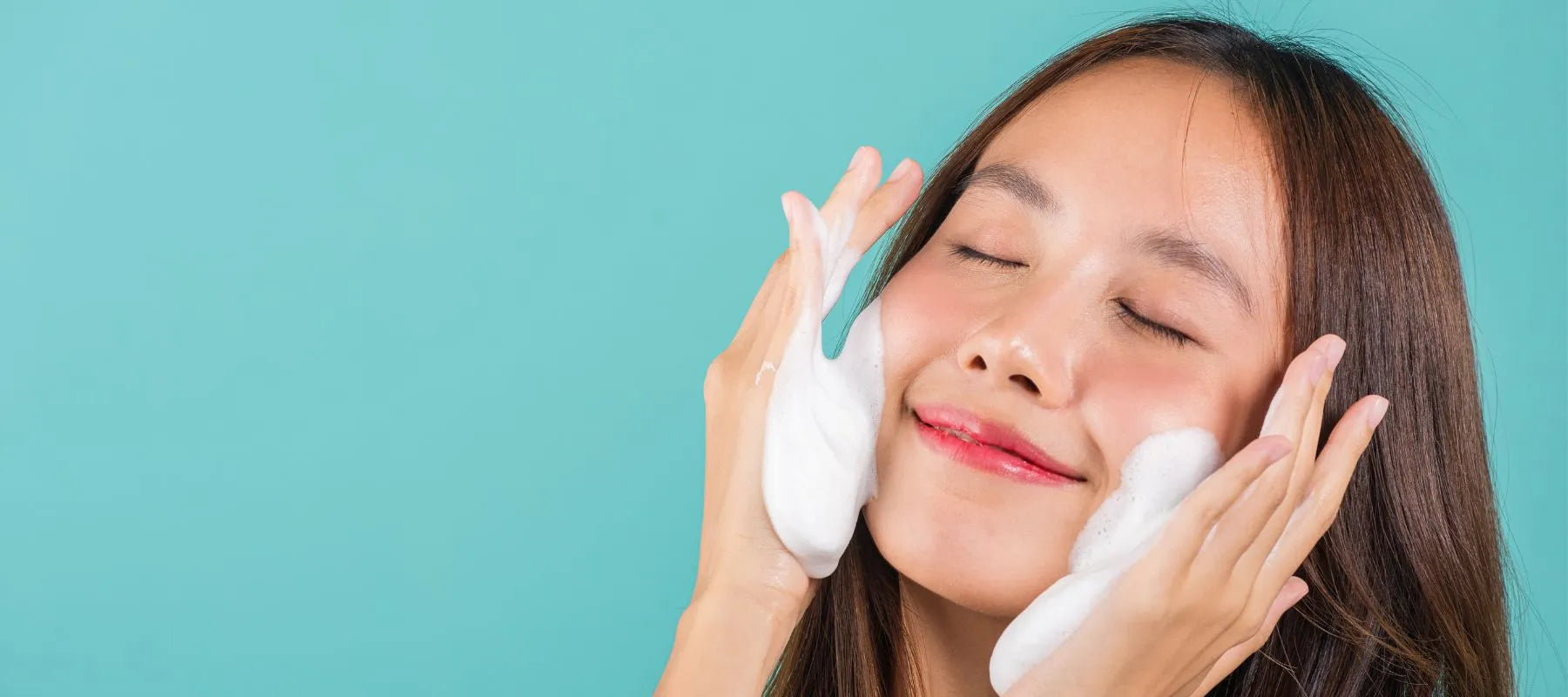

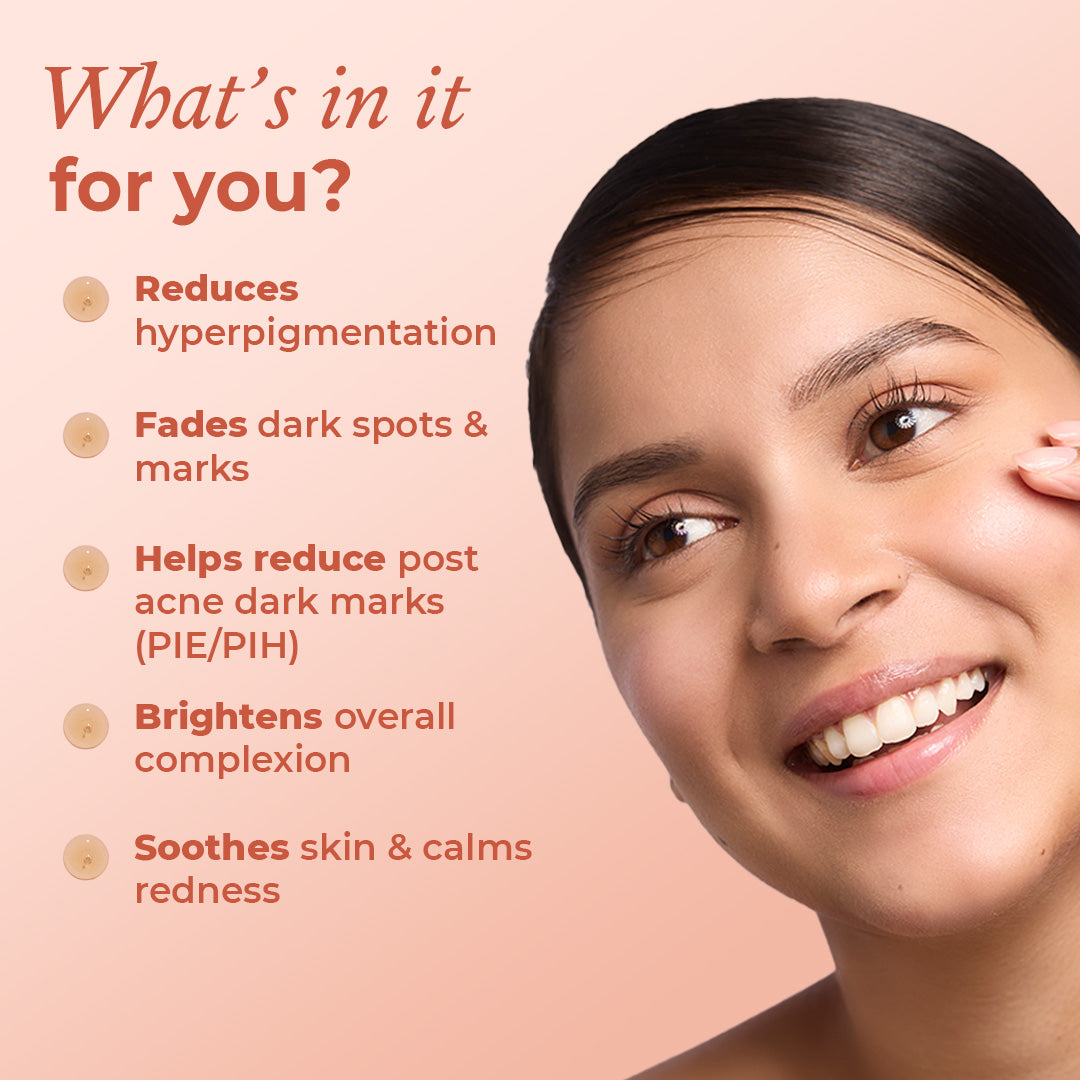

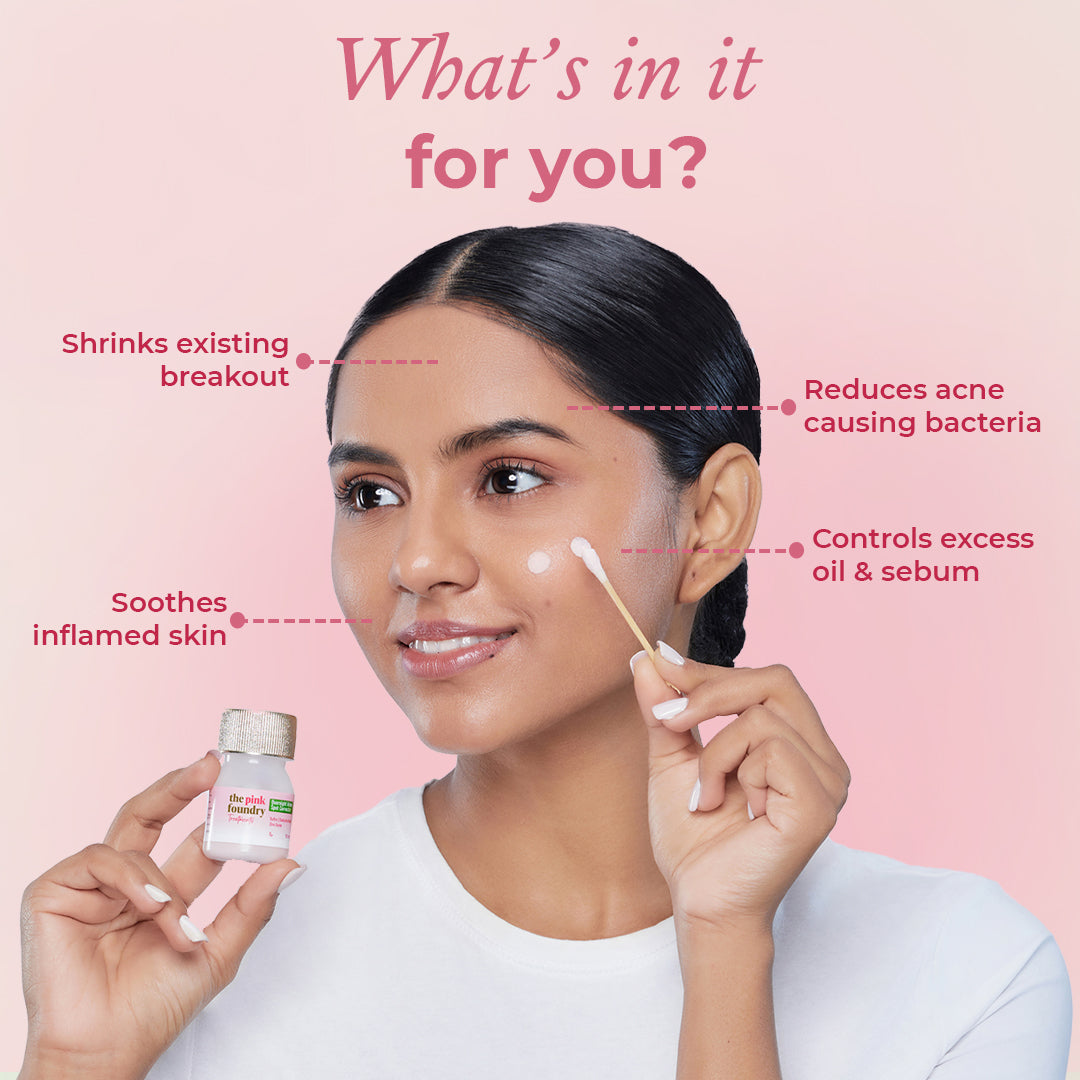
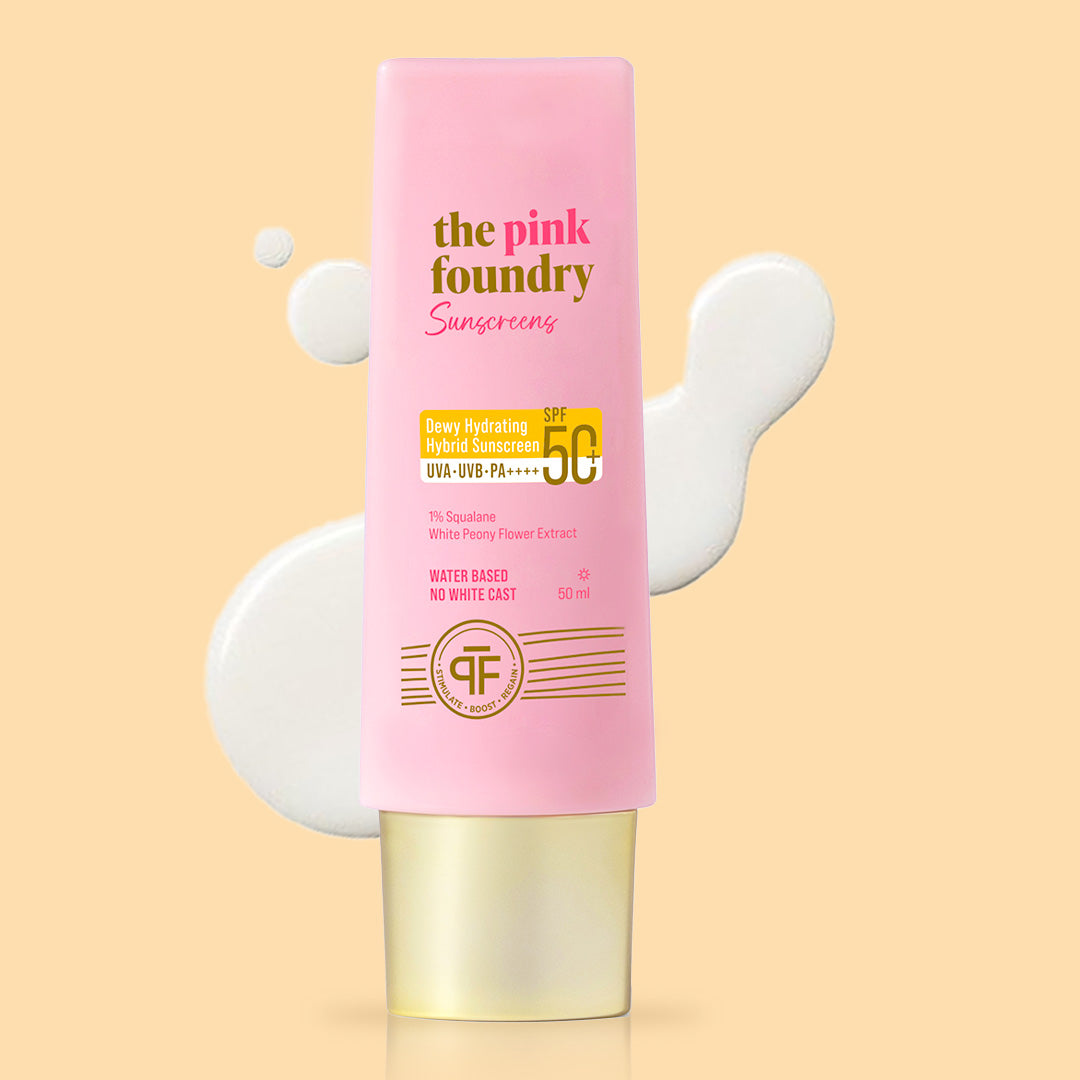
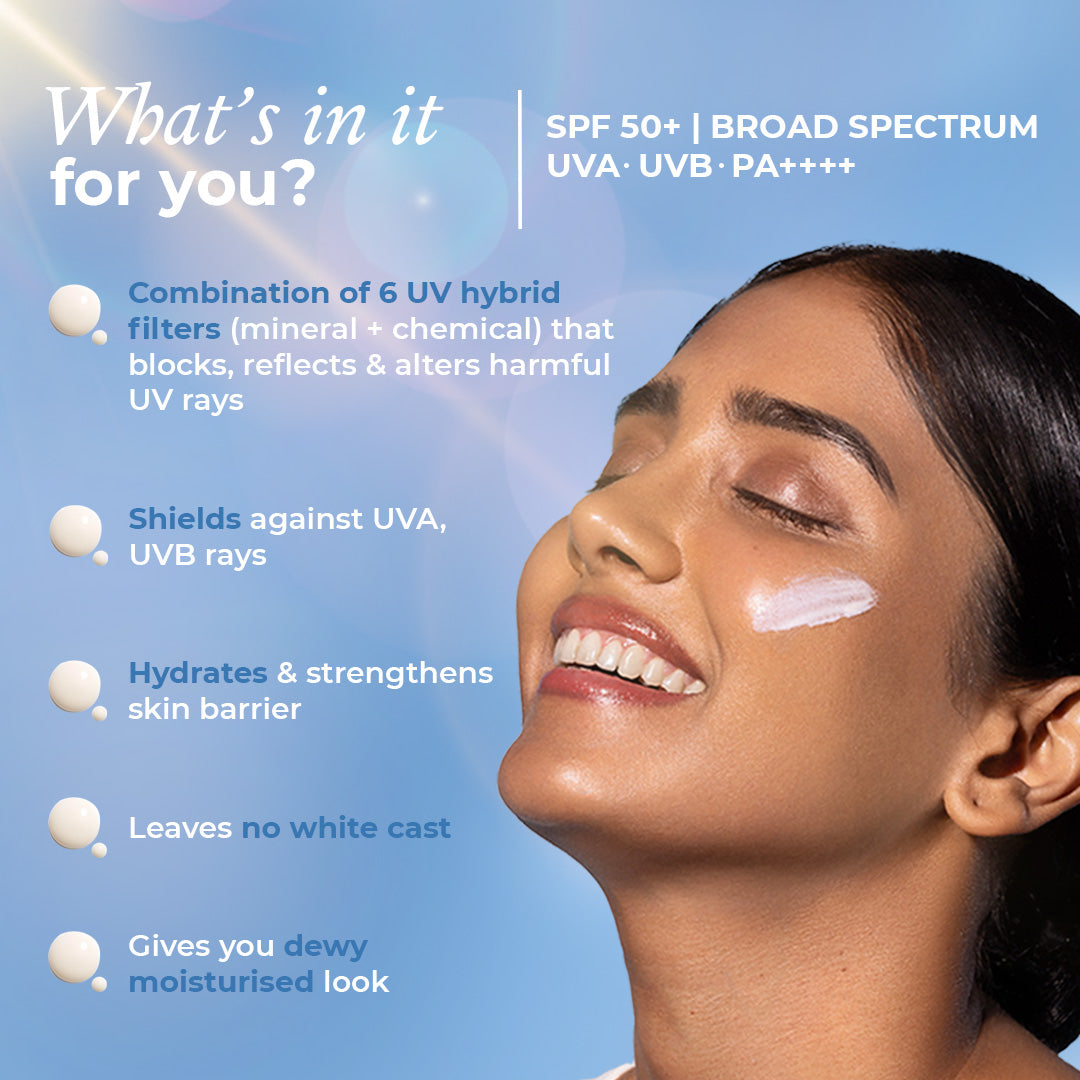
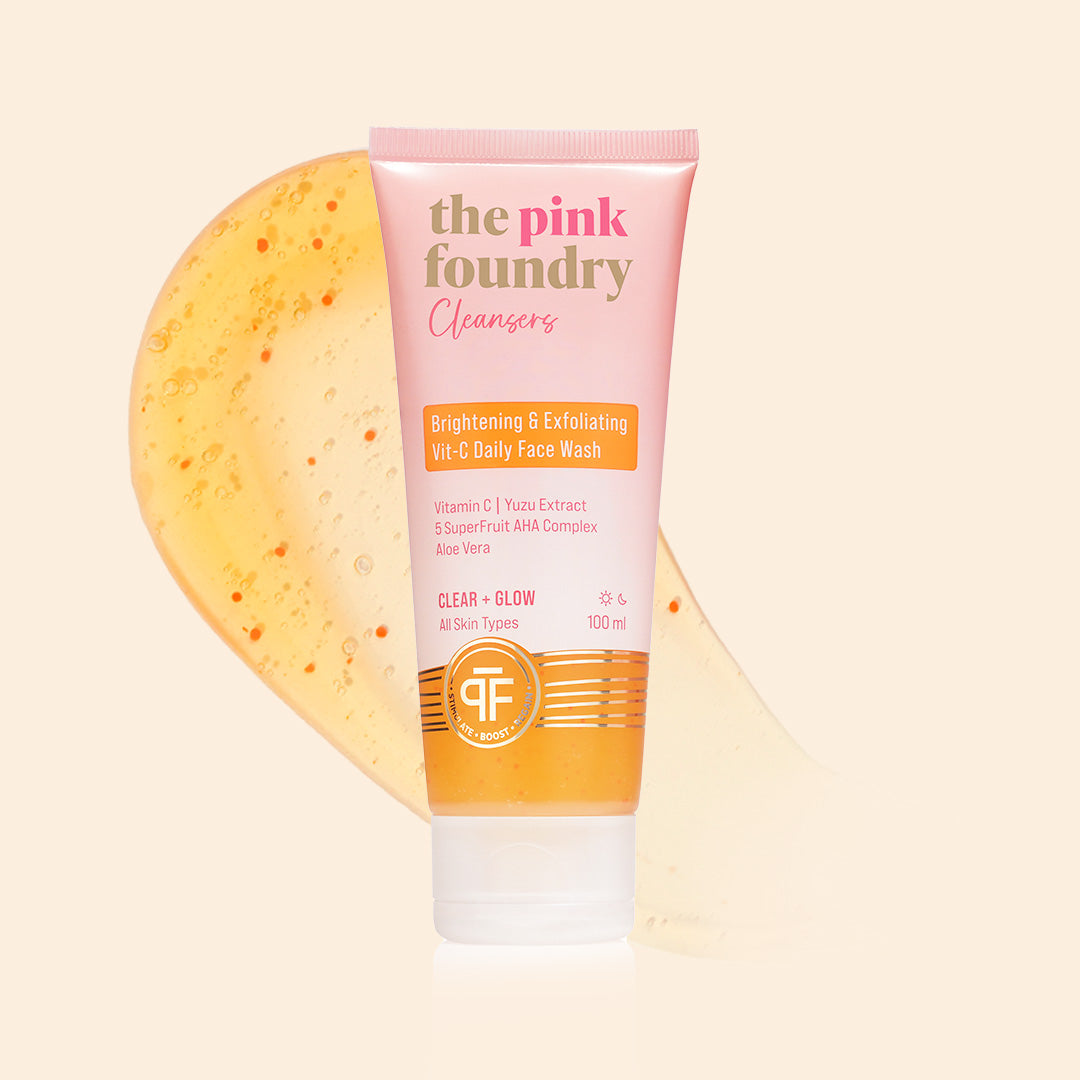
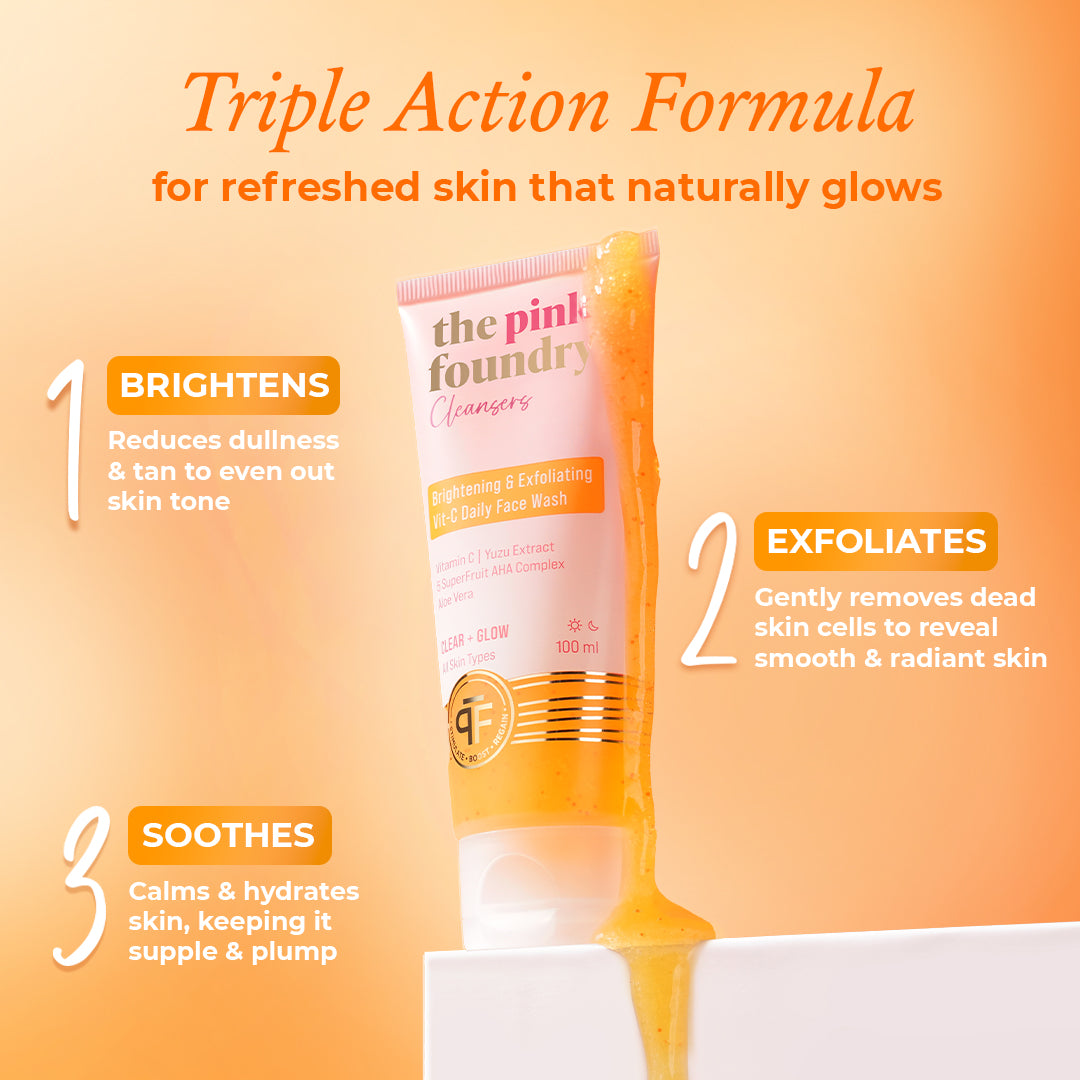
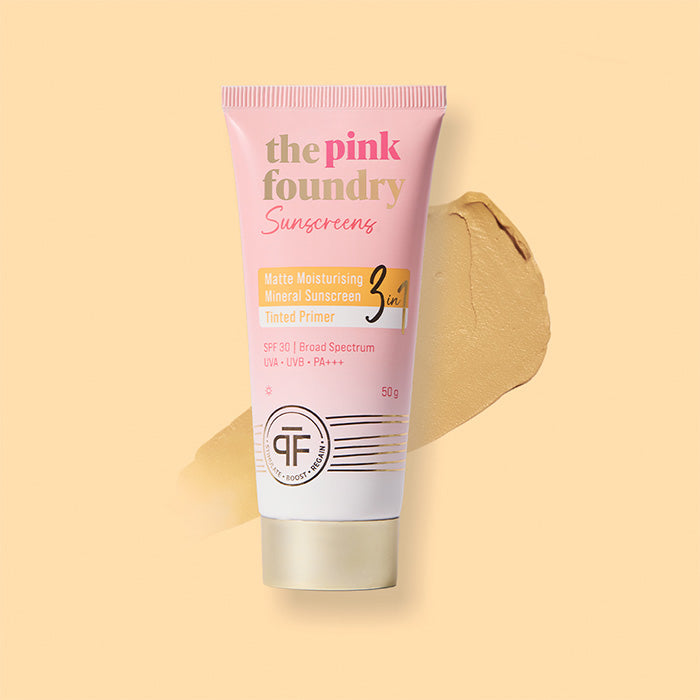
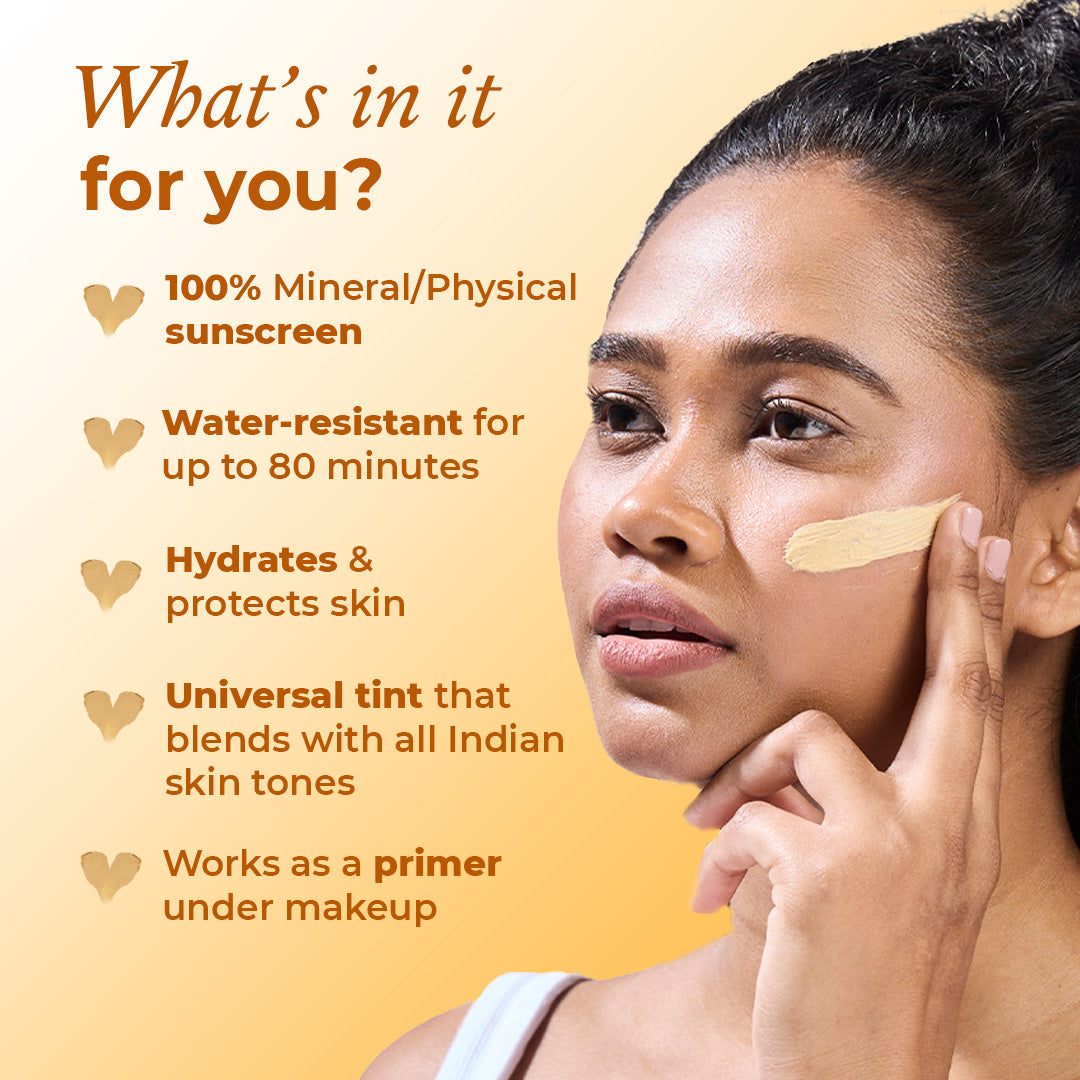
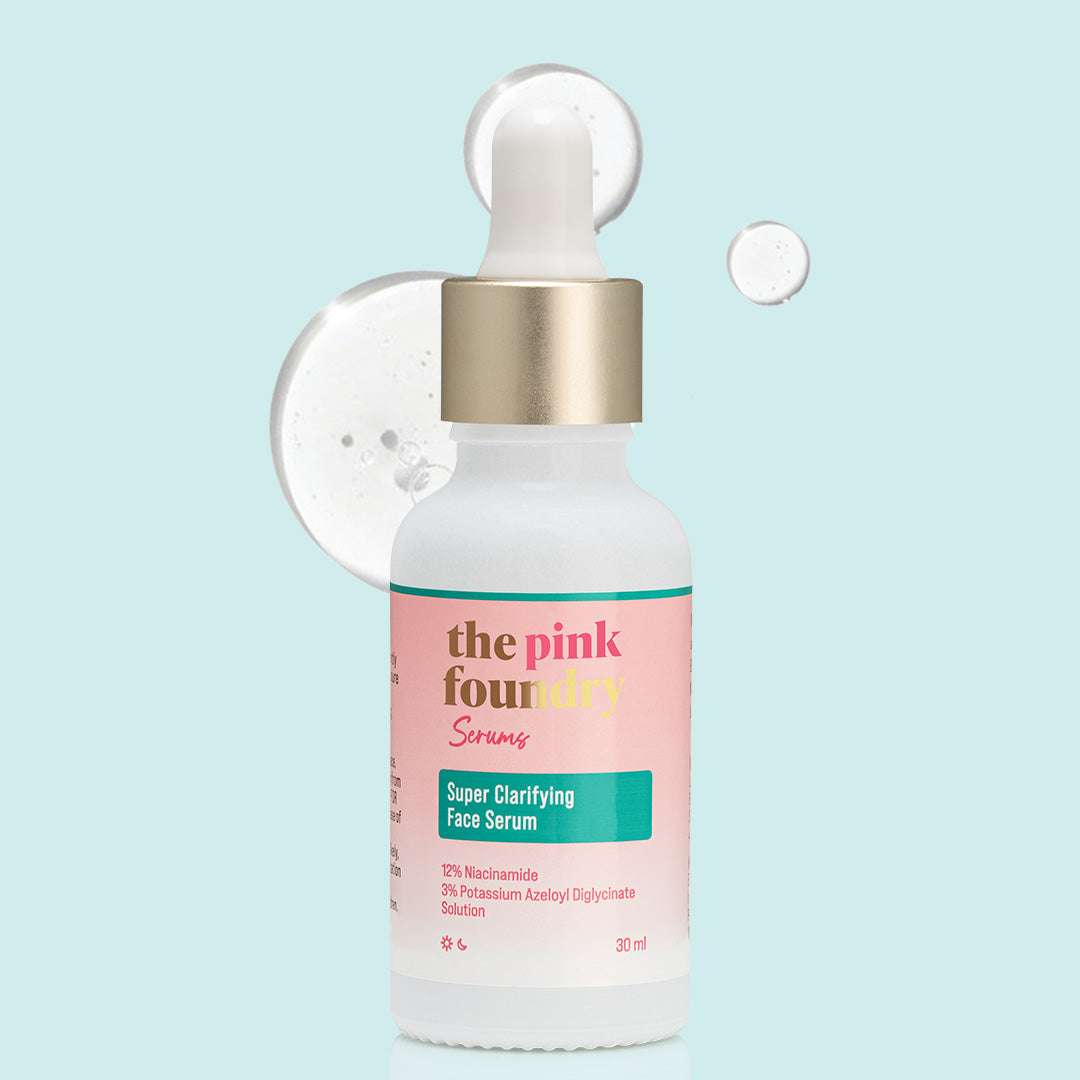
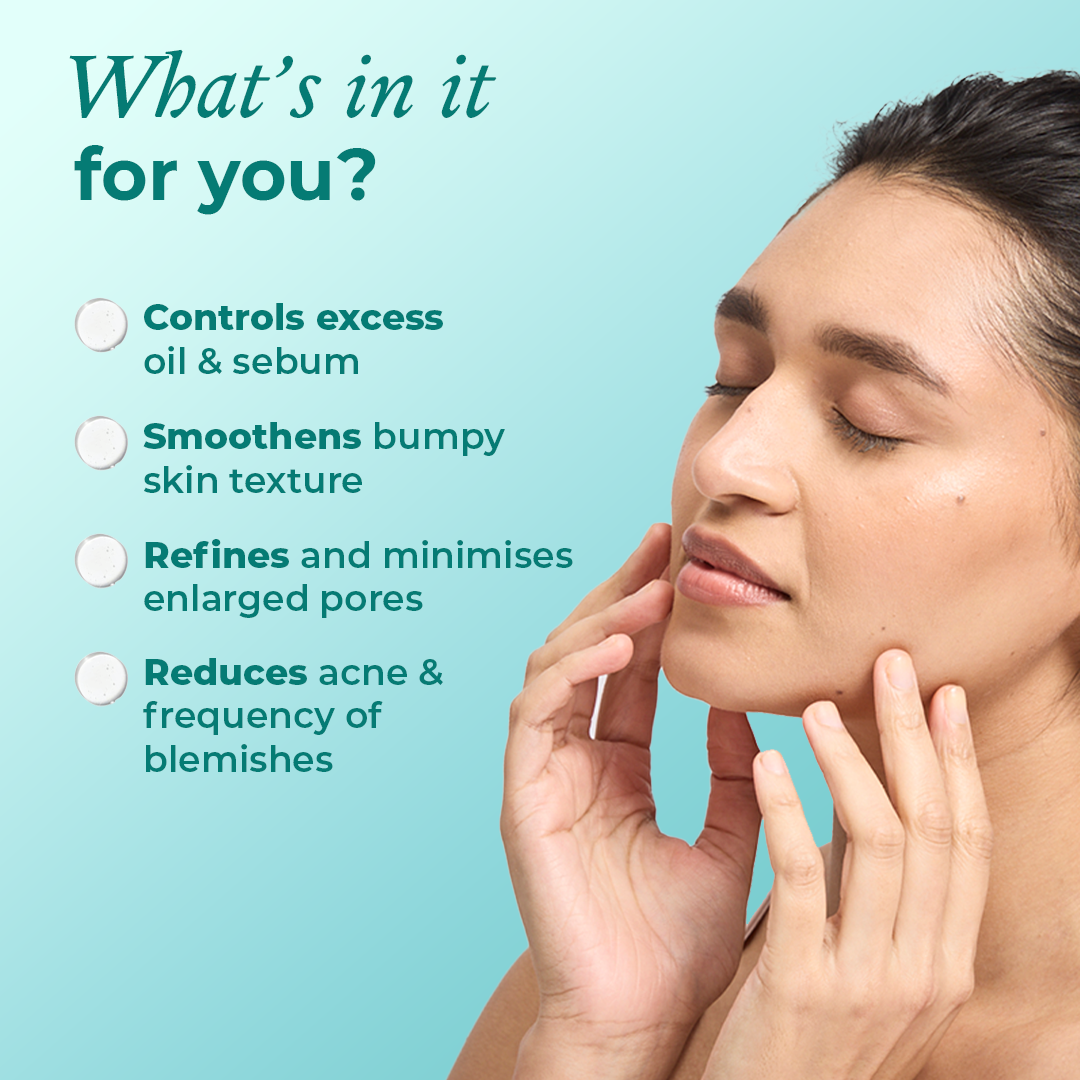

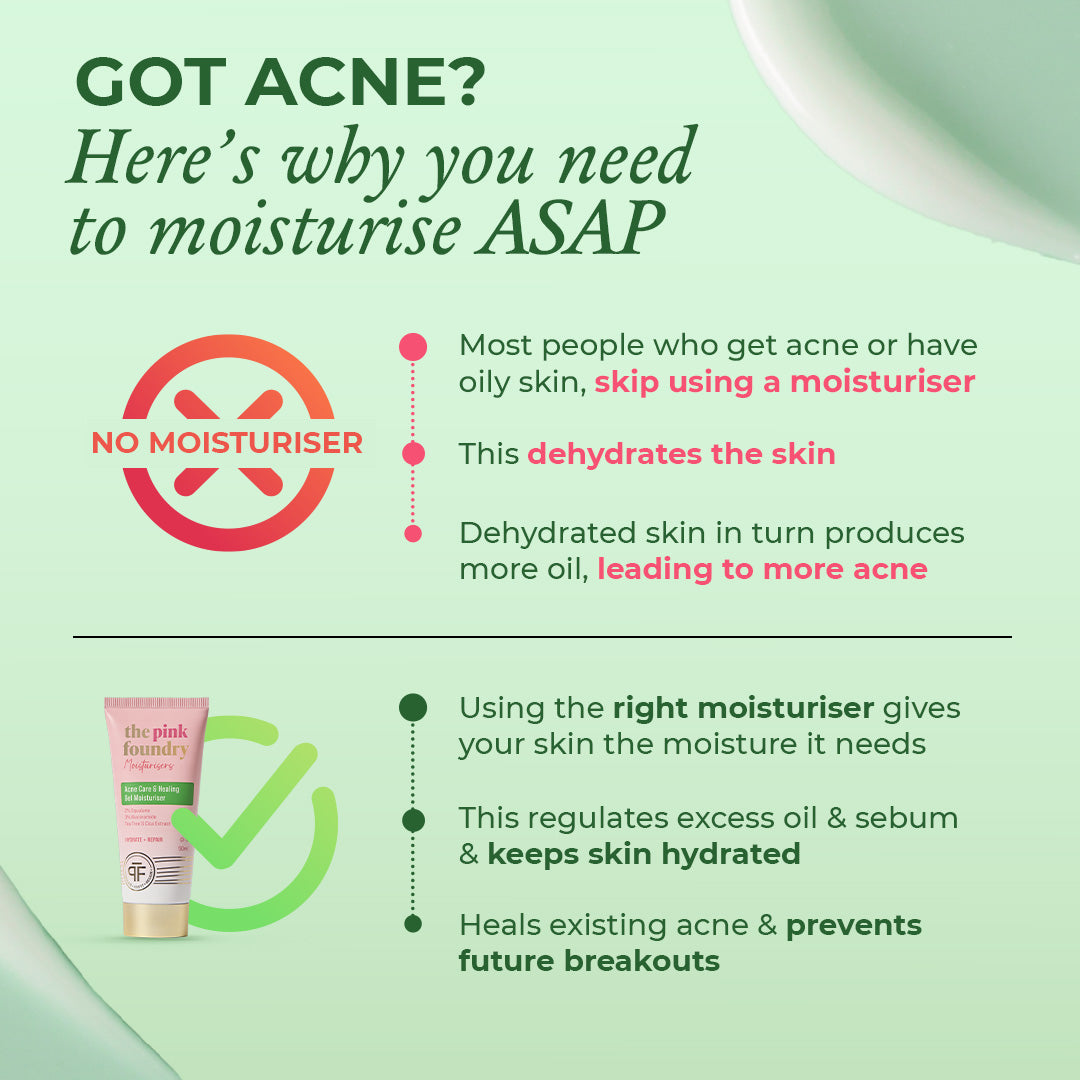
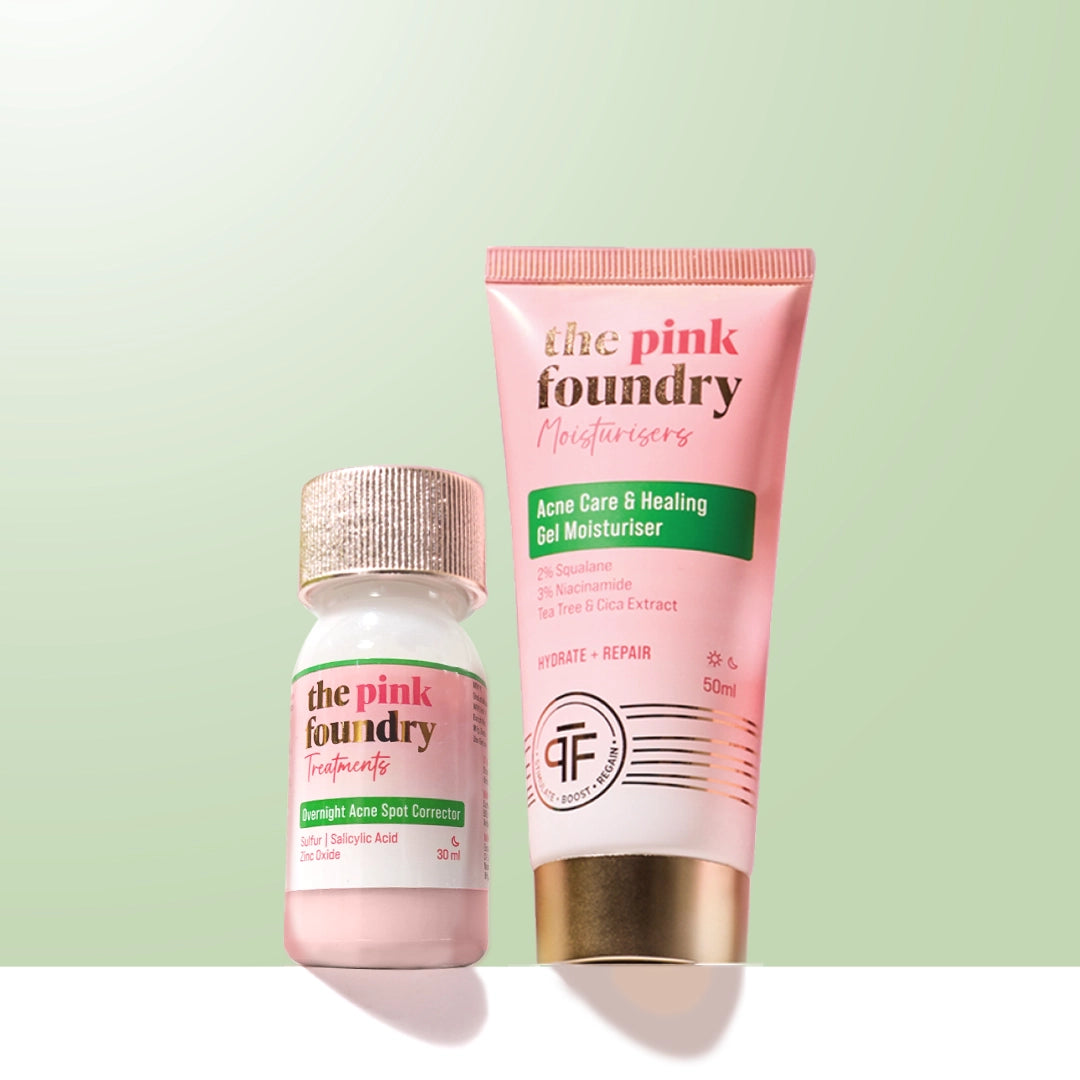
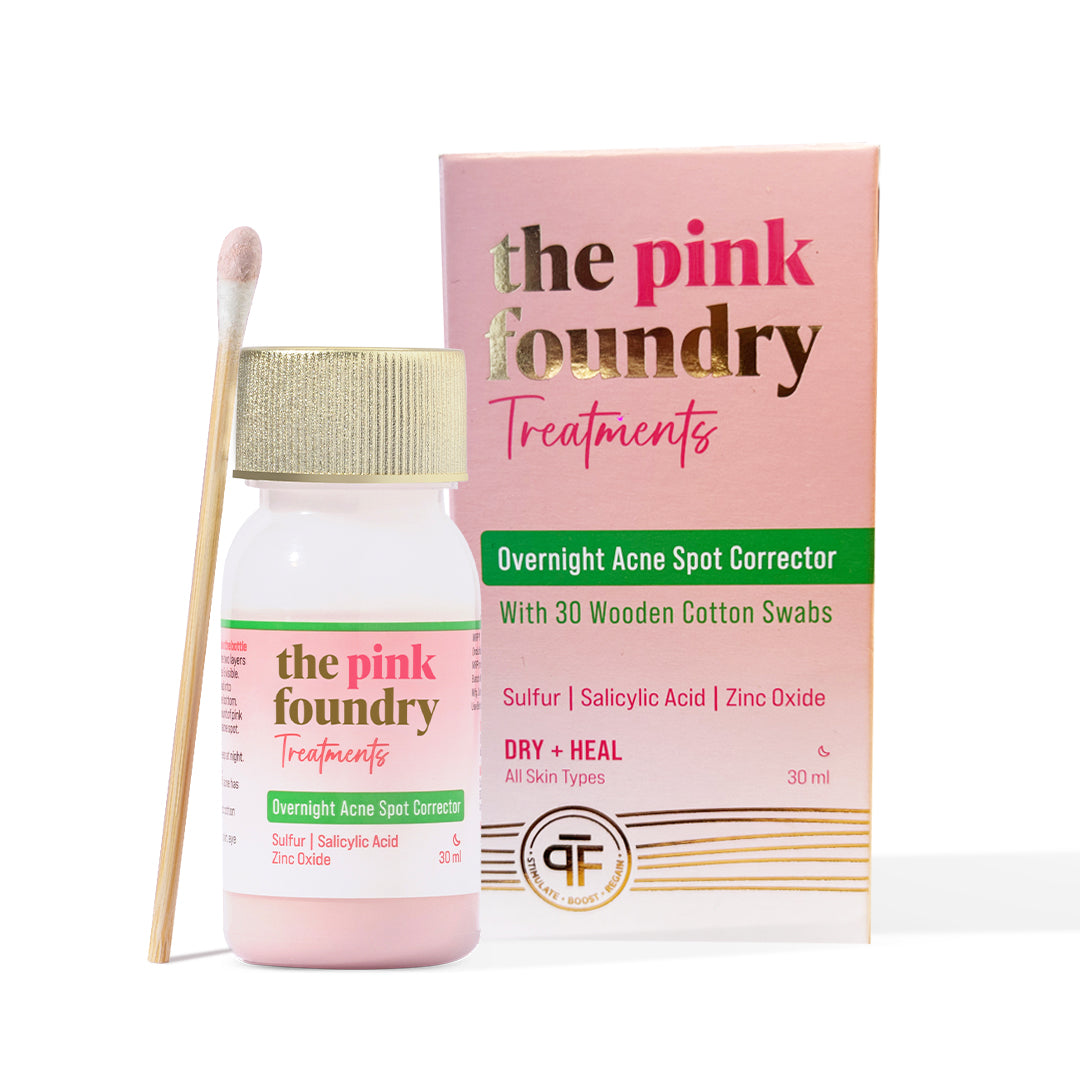
Leave a comment
This site is protected by hCaptcha and the hCaptcha Privacy Policy and Terms of Service apply.